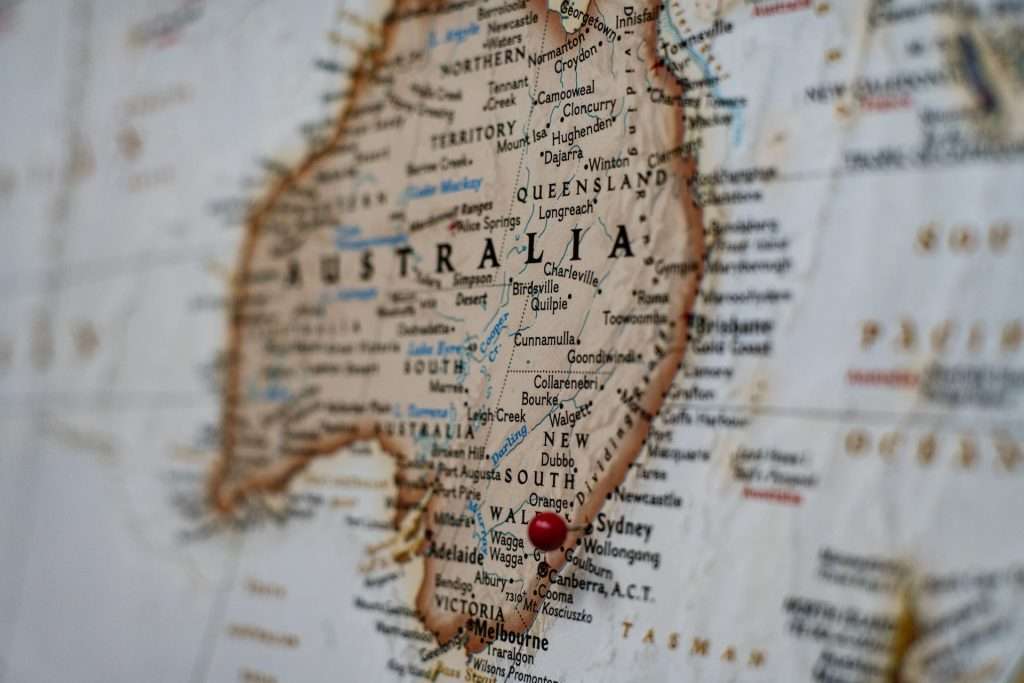Which Country Invented Wi-Fi?
Wi-Fi has undoubtedly transformed how we connect and interact in the digital world. It is a technological innovation that has permeated nearly every aspect of modern life, from homes and offices to public spaces. This article delves into the fascinating history and geography behind the invention of Wi-Fi, elucidating which country is credited for this groundbreaking development.
Origins in Australia: The Birth of Wi-Fi
Wi-Fi, a family of wireless network protocols, owes its existence to the work done at the CSIRO Radio Astronomy Laboratory in Australia. In 1998, engineer John O’Sullivan and his team made a breakthrough that would lay the foundation for wireless data exchange protocols. The term “Wi-Fi” itself is a play on words, subtly nodding to “Hi-Fi” or High Fidelity, although it does not stand for “Wireless Fidelity” as is sometimes mistakenly believed.
Working Principles of Wi-Fi
Wi-Fi operates using radio waves, with a typical network consisting of at least one access point and a client. Data is exchanged via radio signals, with transmitters and receivers operating at the same frequencies and using the same modulation type. The technology works within the 2.4 and 5 GHz radio frequency ranges reserved globally for unlicensed radio services.
Network Connectivity and Speed
To connect to a Wi-Fi network, one must know the network ID transmitted by the access point. Wi-Fi’s lowest data transfer speed is 0.1 Mbps, ensuring even the most basic connectivity. However, Wi-Fi standards have significantly evolved, with the adoption of the IEEE 802.11ac standard in January 2014, capable of achieving several Gbit/s.
Global Adoption and Wi-Fi Alliance
Wi-Fi has become the most widely used computer network globally, thanks in part to the efforts of the Wi-Fi Alliance. This organization restricts using “Wi-Fi Certified” to products that meet their interoperability certification standards. As of 2019, over 3.05 billion Wi-Fi-enabled devices were being shipped globally each year.

CSIRO’s Pivotal Role and the Challenges Along the Way
John O’Sullivan returned to Australia in 1983, joining the Commonwealth Scientific and Industrial Research Organisation (CSIRO). His team, known as the Signals Processing Group, worked on various technologies, eventually leading to the creation of Wi-Fi.
Technological Challenges and Breakthroughs
O’Sullivan’s team faced numerous challenges, particularly in dealing with multiple path propagation, where radio waves bounce off surfaces and arrive at their destination at different times. They aimed to achieve a data transfer rate of 100 Mbps, a target that necessitated an innovative approach.
Formation of Radiata Inc. and Legal Battles
In 1992, CSIRO filed for its first Australian WLAN patent, leading to the creation of prototypes and the founding of Radiata Inc. This company played a crucial role in developing Wi-Fi technology, and its success eventually attracted the attention of Cisco Systems, which acquired Radiata for $567 million. However, the journey was with legal challenges. CSIRO had to fight against some of the world’s largest tech companies to receive royalties for their invention, a battle they eventually won, securing over $450 million in settlements.
Understanding Wi-Fi: The Basics and Beyond
Wi-Fi uses radio waves to facilitate wireless communication between devices. Despite its susceptibility to interference from other electronic devices and physical barriers, Wi-Fi has become a ubiquitous technology integral to our daily lives.
Wi-Fi’s Evolution and Usage
From its inception, Wi-Fi has undergone significant evolution, not just in terms of speed and efficiency but also in its global reach and application. As of 2017, over 9 billion Wi-Fi devices were in use worldwide, which has only grown since.
The Impact of Interference on Wi-Fi
Interference from other electronic devices and physical barriers can impact Wi-Fi’s performance. Devices like smart TVs, microwaves, and Bluetooth-enabled gadgets can disrupt Wi-Fi signals, as can physical barriers like walls and appliances. Understanding these challenges is crucial for optimizing Wi-Fi performance and ensuring reliable connectivity.
Unraveling the Wi-Fi Enigma
Wi-Fi’s invention is a testament to human ingenuity and the relentless pursuit of innovation. Australia, through the work of John O’Sullivan and the CSIRO team, played a pivotal role in bringing Wi-Fi to the world. The journey was fraught with challenges, but the eventual success has left an indelible mark on the world, shaping how we connect, communicate, and access information in the digital age.
The Legacy of Wi-Fi
The story of Wi-Fi is more than just a technological marvel; it is a narrative of perseverance, innovation, and the power of collaborative effort. As we continue to rely on Wi-Fi for our connectivity needs, it is crucial to appreciate the journey it has undertaken, from the CSIRO labs in Australia to every corner of the globe. Wi-Fi has genuinely redefined the boundaries of communication
Frequently Asked Questions (FAQ) on Wi-Fi’s Origin and Functionality
Q1: Which Country Invented Wi-Fi?
A: Wi-Fi was invented in Australia at the CSIRO Radio Astronomy Laboratory. Engineer John O’Sullivan led the development of the wireless data exchange protocol.
Q2: How Does Wi-Fi Work?
A: Wi-Fi operates using radio waves to transmit data between devices. A network typically includes at least one access point and one client, with the possibility of direct client-to-client connections. Adapters on each device convert data between digital and radio forms, with transmitters and receivers operating at the same frequencies and using the same modulation methods.
Q3: What Frequencies Does Wi-Fi Operate On?
A: Wi-Fi networks operate in the 2.4 GHz and 5 GHz radio frequencies. These ranges are reserved in most countries for unlicensed radio services, meaning they can be used without obtaining a license for a radio station.
Q4: What Are Wi-Fi Standards and How Have They Evolved?
A: Wi-Fi standards, governed by the IEEE, outline the protocols for wireless networking. They have evolved to allow for faster data transfer speeds and broader coverage. For instance, the IEEE 802.11ac standard adopted in 2014 can achieve several Gbit/s speeds, while the 802.22 standard caters to rural areas with up to 22 Mbit/s speeds at ranges up to 100 km.
Q5: Who Holds the Patent for Wi-Fi Technology?
A: The CSIRO holds the initial patent for Wi-Fi technology, with the first Australian WLAN patent filed in 1992 and the US patent filed in 1993 and approved in 1996.
Q6: Is Wi-Fi Susceptible to Interference?
A: Wi-Fi signals can experience interference from other electronic devices and specific materials. Familiar sources of interference include smart TVs, microwaves, cellphones, and Bluetooth-enabled devices. Different barriers, such as walls and furniture, can also impact signal strength, with materials like metal posing significant interference.
Q7: How Has Wi-Fi Impacted Global Device Connectivity?
A: Wi-Fi has revolutionized device connectivity, providing wireless Internet access for various devices globally. As of 2019, over 3.05 billion Wi-Fi-enabled devices were shipped worldwide yearly, facilitating connectivity in homes, offices, and public spaces.
Q8: Who Regulates and Certifies Wi-Fi Products?
A: The Wi-Fi Alliance, a consortium of over 800 companies worldwide, manages Wi-Fi standards and certifies products for interoperability. Products that pass certification testing earn the “Wi-Fi Certified” designation.
Q9: What Challenges Did Wi-Fi’s Development Face?
A: The development of Wi-Fi faced significant challenges, particularly in dealing with the issue of multiple path propagation — where radio waves bounce off surfaces and arrive at their destination at different times, causing distortion. The CSIRO team, led by John O’Sullivan, addressed this by developing technology to deconstruct and reconstruct data transmitted over multiple radio frequencies.
Q10: What Is the Range and Speed of Wi-Fi?
A: The range of a Wi-Fi network varies based on the environment, with a typical access point covering about 20 m indoors. Some outdoor access points claim ranges up to 150 m. Wi-Fi speeds have continually increased, with some versions achieving speeds up to 9.6 Gbit/s under optimal conditions.

